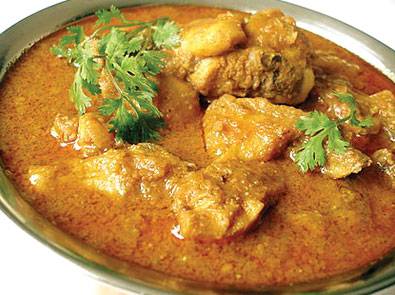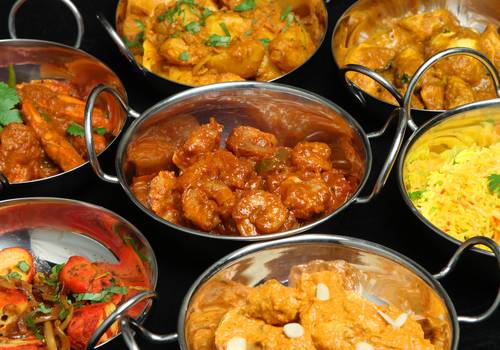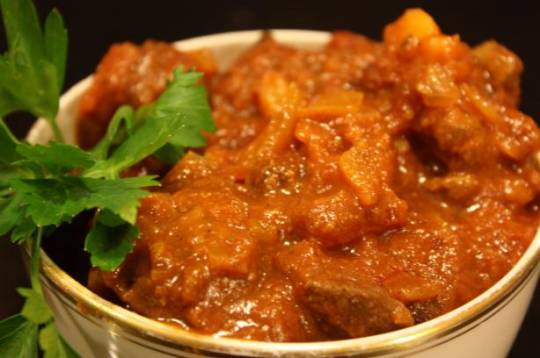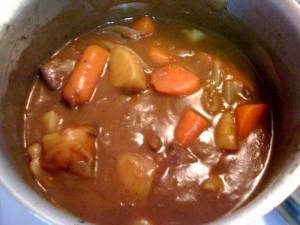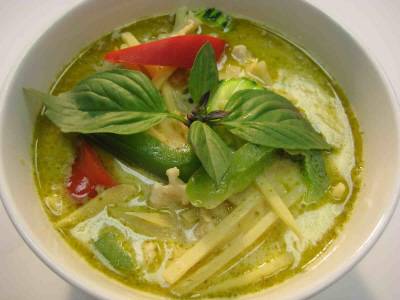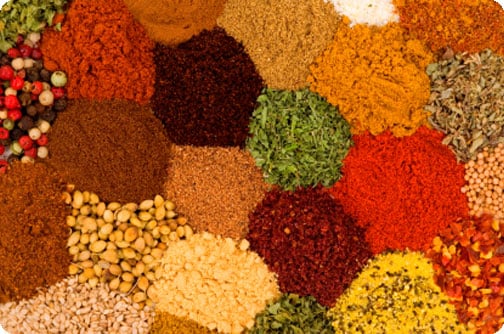
In the racially and religiously diverse Singapore, there are foods which people enjoy regardless of their racial and religious background. One example of such food is curry, while it is of Indian origin, it is enjoyed by people of all cultures and religions, and it is also found in many variants, each of them loved by many. The following is a Amateur’s guide to the commonly found variants of curry in Singapore.
South Indian Curry:
This is perhaps one of the most well-known form of curries in Singapore, as well as one of the cheapest types of curry available. This type of curry is often taken with Nasi Biryani(Indian Spiced Rice), Roti Prata(Pan fried Indian bread) and other things like Thosai(Pan Fried yoghurt and flour batter). While the curry’s taste may be changed to lean more towards local taste-buds this curry is undeniably a variant of the South Indian Curry, originating from India. These types of curry are more inclined towards being a saucy stew that has meat and vegetables like carrots, zucchini and potatoes, which makes it suitable as a one course meal with rice or different types of bread. This type of curry also tends to be spicy, and people who like spicy food will take a better liking to it.
North Indian Curries:
North Indian curry has made its descent into Singapore cuisine in more recent times. From being found only in Little India’s North Indian curry shops and other Indian restaurants, North Indian curries are now found at coffee shops and are made available at more economical prices. Unlike its Southern counterpart, North Indian Curry does not retain emphasis on a single type of curry, thus North Indian Curry tends to have more choices, ranging from the butter chicken(unique type of curry) to the palak paneer(Ground Spinach Curry with cottage cheese/mutton), and while they do not look like curries, they are in fact a breed of the food. North Indian Curries are more flavourful, and are more of rich thick stews filled with an abundance of ingredients like meat and vegetables, and has a similar spiciness level to their South Indian counterpart, which makes them more suitable who like spicy food.
Malay Curries:
Malay curries are commonly found at stalls selling Malay Food, especially the Nasi Padang and Nasi Lemak stalls. While the taste of some Malay curries may seem similar to South Indian Curries, they are usually thicker and are more of stews, usually filled with meat and vegetables. However, some Malay curries like the Sayeur Lodeh(Curry Vegetables) have strong hints of coconut milk, and other curries like Rendang(Meat with curry and fried spices like lemongrass) are unique in a sense that instead of being a saucy stew, they are thick and filled with crushed and blended strong tasting ingredients like lemongrass and shallots. Malay curries spiciness levels varies on the chef, and there is no definitive spicy or non-spicy curry.
Chinese Curry:
Chinese curry is somewhat similar to South Indian curry in terms of taste. However, chinese curry tends to be more simple, instead of a strong spice flavour, chinese curry feels more meaty in flavour, with hints of coconut milk. Chinese curry leans closer to soup, and it is usually a watery gravy, containing potatoes, carrots and meat. A unique form of chinese curry is the famous curry fish head, with its soupy stew of vegetables and a tender fish head, it is a favourite of many Singaporeans. Chinese curry is usually about as spicy as South Indian Curry, and it is usually favoured by those who like spicy food.
Japanese Curry:
Japanese curry is an extremely unique form of curry that is well loved in Singapore. Japanese curry is more of a flavourful stew of vegetables that is consumed with rice or spaghetti Meat is not usually cooked in the curry, but rather the curry acts as a sauce for the meat, usually grilled or fried with breadcrumbs, and the rice or spaghetti. The secret of the richness of they curry is starch, which is used to thicken the curry and give it a smoother texture. The fragrant spices coupled with fresh and sweet vegetables makes Japanese curry an irresistible choice for a meal. Japanese curry is usually of a mild spice, so it can be savoured by anyone whether they like or dislike spicy food.
Thai Green Curry:
This variant of curry seems most queer due to its unusual green colour, compared to the yellow-orange-red colour of most curries. Green curry gets its colour and distinct flavour from green chillies, kaffir lime leaves and lemongrass along with other ingredients. The green curry strives on not only going well with rice but also having bursts of flavour from fresh ingredients like kaffir leaves, and its unique scent and savoury taste makes it a food Singaporeans enjoy. It can be quite spicy, to a higher extent than that of some South Indian curries or it can be mildly spicy, varying on the chef and the chillies used.
There are also many other types of curry found in Singapore, and perhaps if after reading this you crave for curry, do give Thai yellow/red curry, Burmese curry, Vietnamese curry etc a try too.

Drop us your email so you won't miss the latest news.
